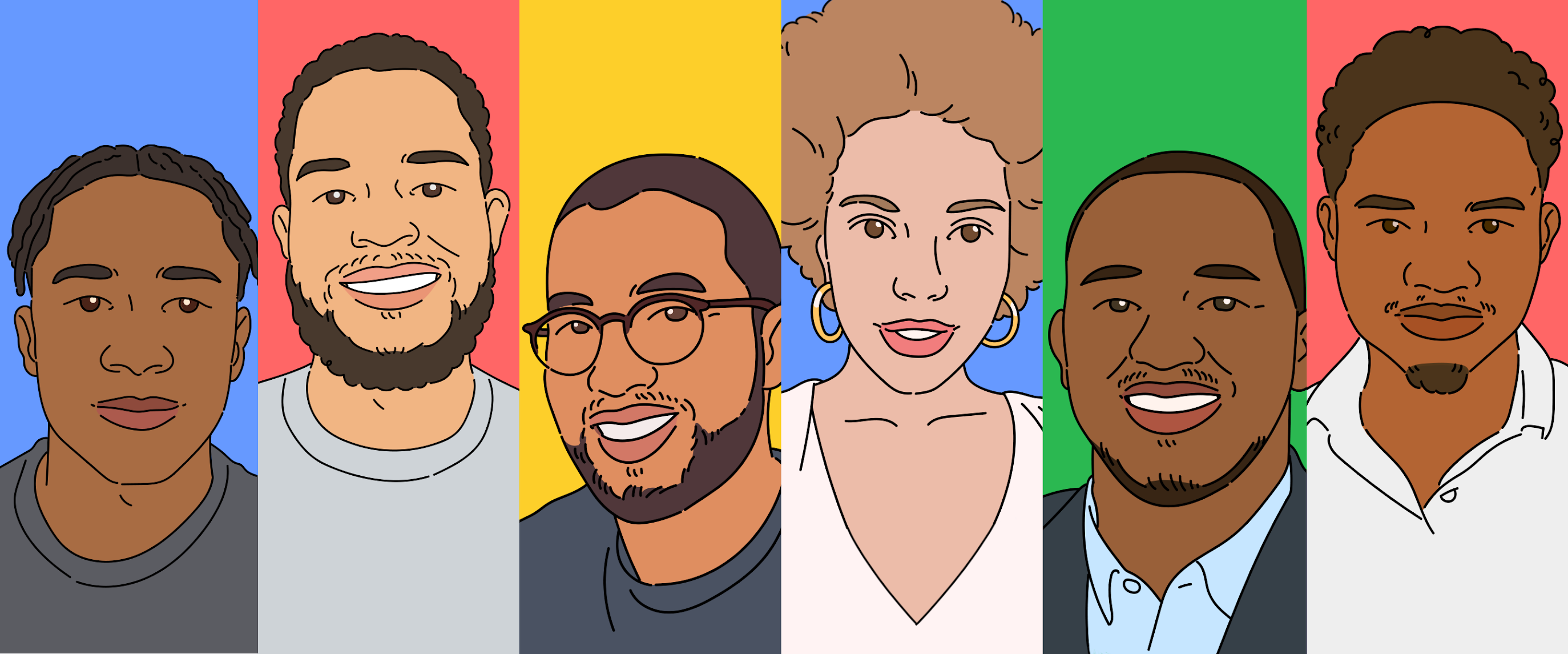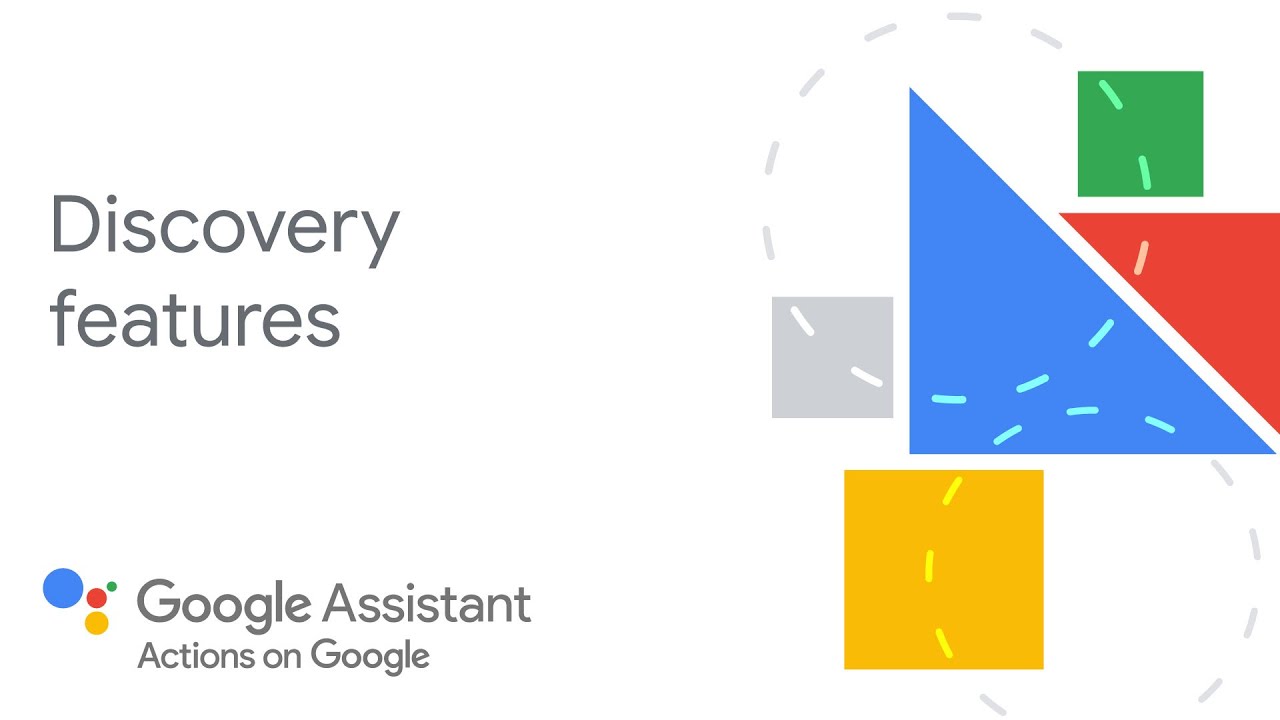Posted by Jason Scott, Head of Startup Developer Ecosystem, USA & Saurabh Sharma, Head of Assistant Investments
In December 2020, we announced our inaugural Google for Startups Accelerator: Voice AI program, a 10-week digital accelerator designed to help North American voice technology startups to take their businesses to the next level. Today, we are proud to announce our cohort of 12 companies - collectively leveraging voice user interfaces to solve complex challenges across accessibility, education, and care:
Babbly, Toronto, Ontario, Canada
Babbly provides parents real-time insights on their child’s speech and language skills and recommends personalized activities that promote their child's development.
Bespoken, Seattle, Washington, United States
Bespoken is the leader in automated testing, training, and monitoring for voice applications and devices. If you can talk to it, Bespoken can test it!
conversationHEALTH, Toronto, Ontario, Canada
conversationHEALTH enables conversational agents for patients and healthcare professionals in clinical trials, medical affairs, and commercial lines of business.
Nēdl, Santa Monica, California, United States
nēdl is democratizing access to the microphone by giving everyone their own live call-in radio station that transcribes, amplifies, and monetizes the audio creator's words as they speak.
OTO.AI, New York, New York, United States
OTO is building an acoustic engine capable of delivering non-semantic insights (intonation, emotions, laughter,etc.) from voice streams in real-time, on a small compute footprint.
Piffle, San Francisco, California, United States
Piffle is a voice gaming platform that aims to nurture professional wellness through conversational gameplay.
Powow AI, New York, New York, United States
Powow is a SaaS platform which unleashes the power of AI in business meetings. Powow uses proprietary AI algorithms to transcribe and analyze meetings, transforming them into actionable insights.
SiMBi, Vancouver, British Columbia, Canada
SiMBi combines learners' narrations with the text of a story to create an engaging audiovisual book that learners worldwide can read along to.
Talkatoo, Halifax, Nova Scotia, Canada
Talkatoo is a dictation software explicitly designed for veterinary and medical professionals, enabling them to save time in their practice.
Tinychef, New York, New York, United States
tinychef is a voice-first Culinary AI™ platform that helps consumers in their kitchen from their dinner dilemma, to grocery planning, grocery shopping, and cooking their meals with interactive experiences on smart speakers.
Voicify, Boston, Massachusetts, United States
Voicify’s SaaS platform allows brands and large enterprises to easily design, build, and deploy voice apps, chatbots, and other conversational experiences across voice assistants, chatbots, and social media platforms.
Vowel, New York, New York, United States
Vowel brings the best of productivity and communication platforms into a single, integrated meeting tool.
The program kicks off on Monday, March 15th and will focus on product design, technical infrastructure, customer acquisition, and leadership development - granting our founders access to an expansive network of mentors, senior executives, and industry leaders,
We are incredibly excited to support this group of entrepreneurs over the next three months, connecting them with the best of our people, products, and programming to advance their companies and solutions.
We look forward to augmenting the work of these 12 innovators and to showcasing their accomplishments on Thursday, May 20th at 12:30pm EST at our Google for Startups Accelerator: Voice AI Demo Day.








